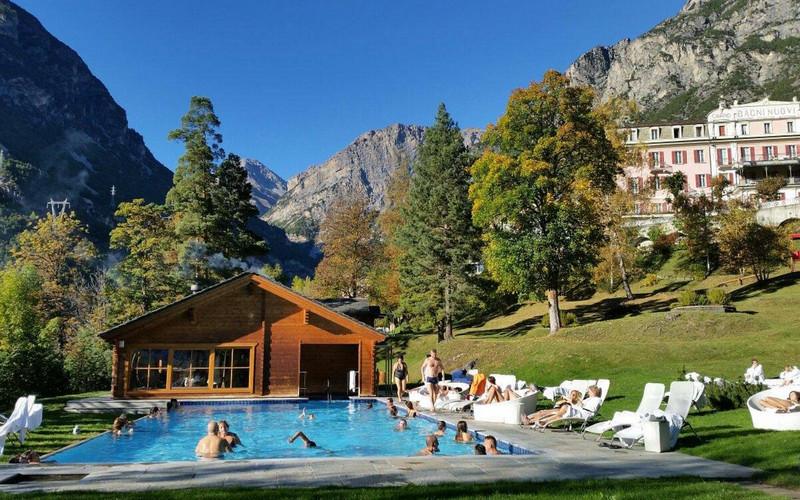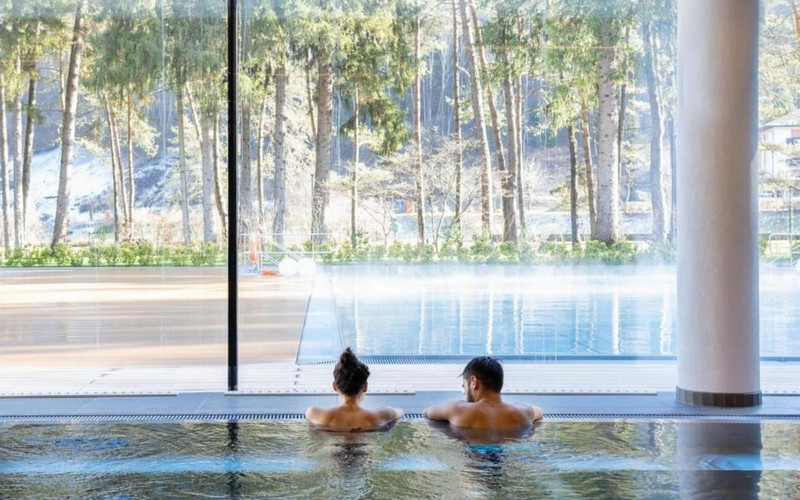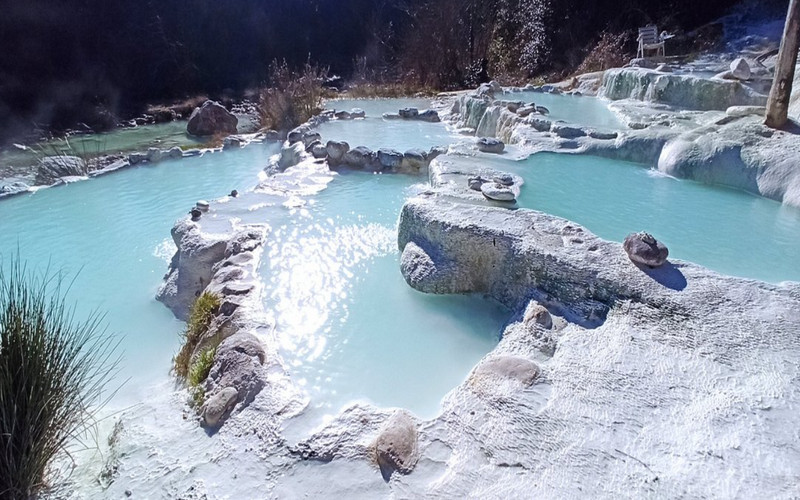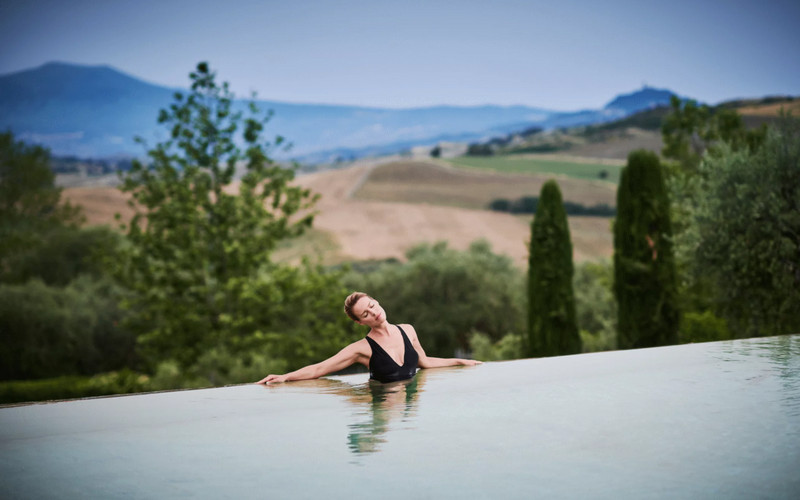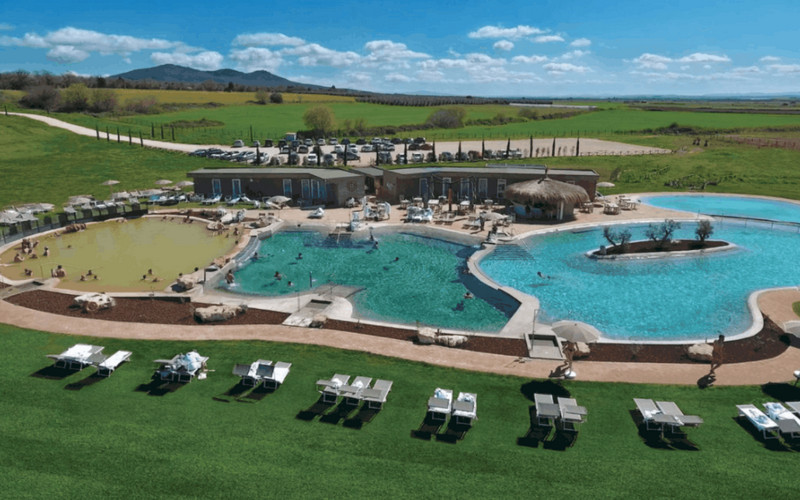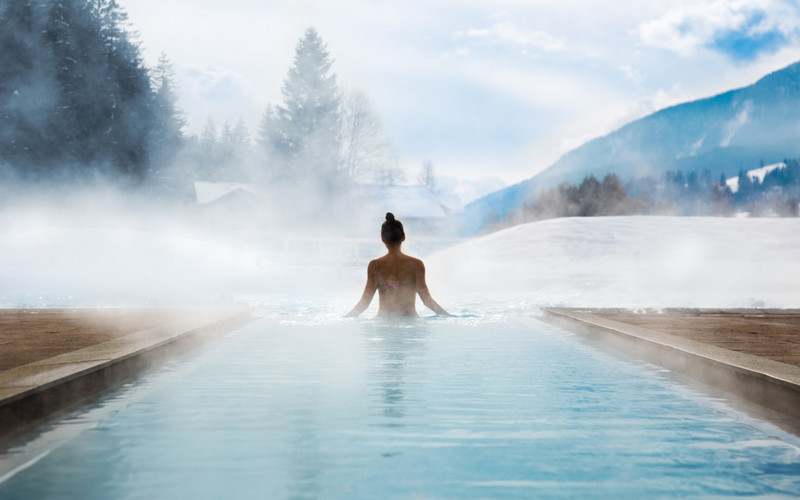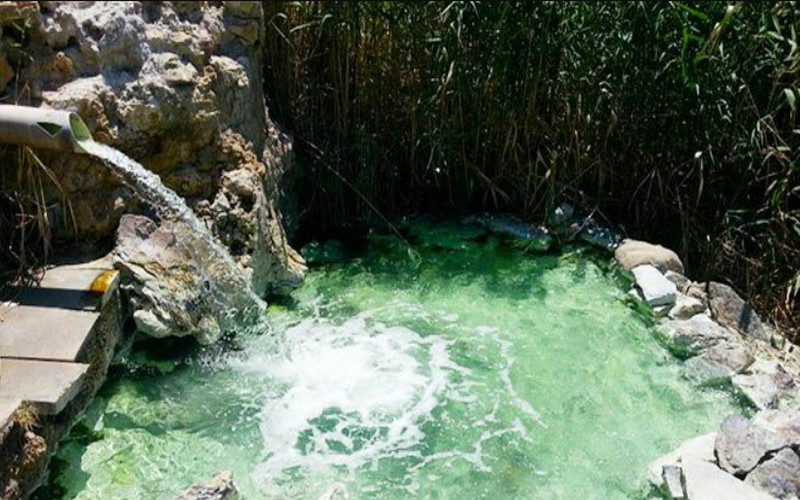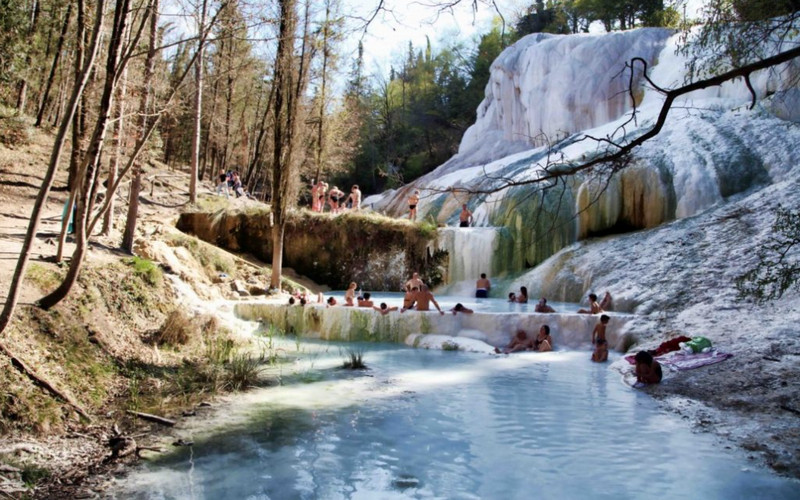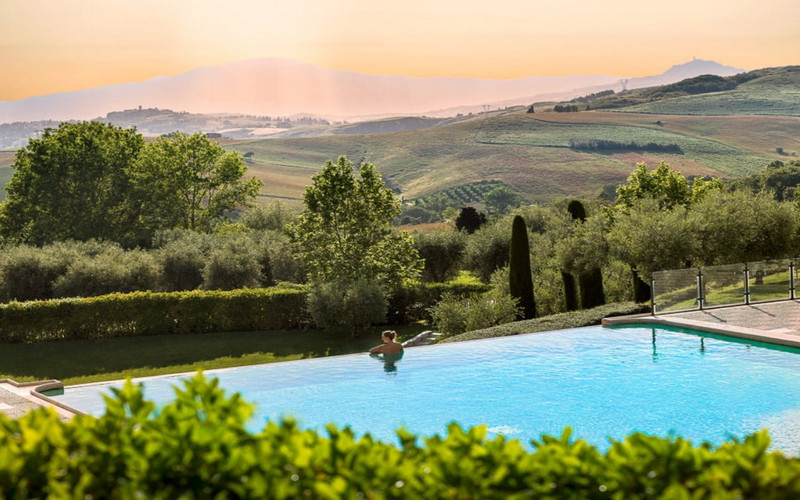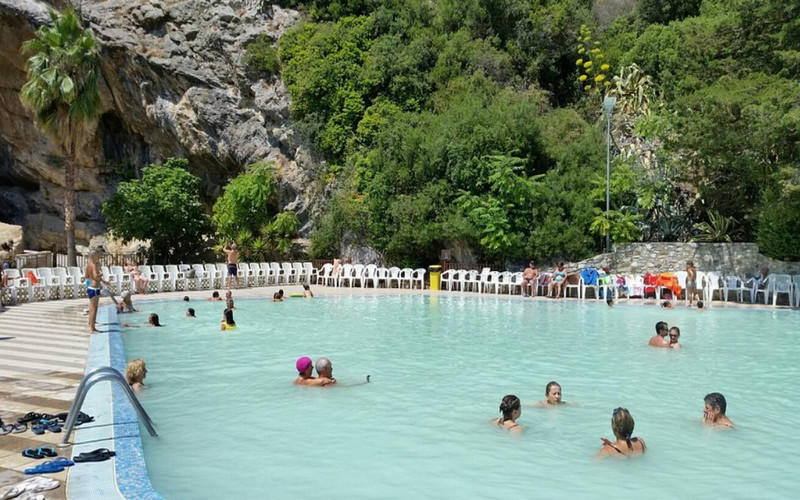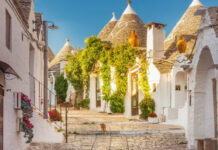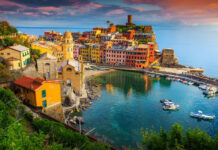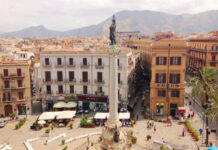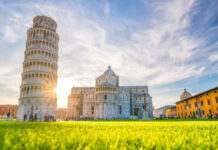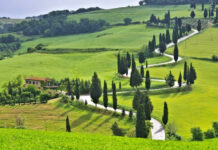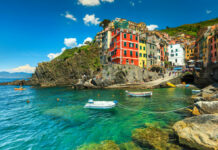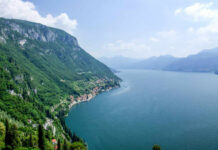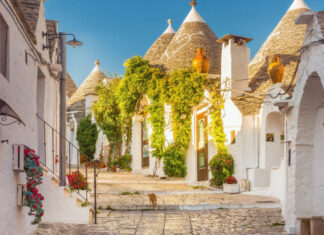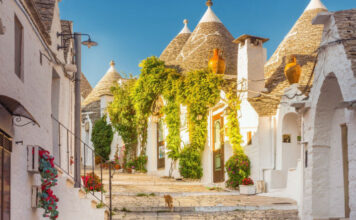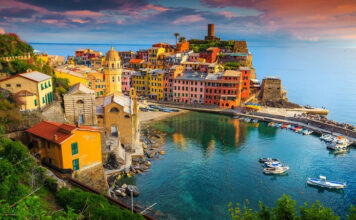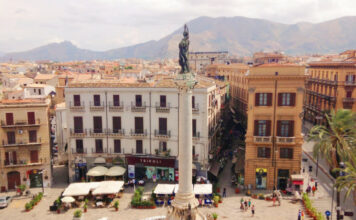Italy is renowned for its natural beauty, and its thermal springs are no exception. While spots like Saturnia and Bagni San Filippo have become Instagram-famous, many lesser-known hot springs still offer a tranquil, crowd-free soak in postcard-worthy surroundings. From Alpine valleys to hidden volcanic isles, these thermal spots combine therapeutic waters, rich history, and a rare sense of serenity. Here are the top 10 thermal springs in Italy where you can soak in peace, far from the tourist mobs.
1. Bagni di Bormio – Lombardy
Tucked into the Stelvio National Park at 1,225 meters above sea level, Bagni di Bormio offers two main areas: the luxurious QC Terme Bagni Vecchi and the slightly more modern Bagni Nuovi. While the spas are not exactly secret, their remote Alpine location keeps the crowds minimal, especially outside peak ski season.
Why it’s serene: Multiple outdoor stone tubs overlook the mountains and valleys—perfect after a hike or ski run.
Best time to visit: Late spring or early fall when the mountain air is crisp and the tourist numbers drop.
2. Terme di Comano – Trentino-Alto Adige
Nestled in the Dolomites, Terme di Comano is a lesser-known wellness retreat surrounded by forests and castles. These springs are known for their skin-soothing properties, particularly for treating eczema and psoriasis. The thermal park is vast, the atmosphere calm, and wellness is front and center.
Why it’s serene: Surrounded by Alpine meadows, the complex feels more like a forest retreat than a tourist spa.
Best time to visit: Mid-September, when summer crowds leave and autumn colors arrive.
3. Terme di Petriolo – Tuscany
While Tuscany is no stranger to thermal waters, Petriolo remains a local favorite rather than a tourist hotspot. Situated between Siena and Grosseto, the natural hot springs sit beside the Farma River, where warm sulphurous water flows into natural stone pools.
Why it’s serene: Off the main tourist track and free to access, yet surrounded by wooded hills for natural privacy.
Best time to visit: Weekdays year-round—just avoid summer weekends.
4. Bagni di San Casciano dei Bagni – Tuscany
This charming hilltop village near the Umbrian border hides over 40 thermal springs beneath its ancient stone streets. While the town has luxury spa resorts, there are also public pools like the “vasconi,” where locals soak in peace amid olive groves and Renaissance views.
Why it’s serene: Undiscovered by the masses, San Casciano retains its sleepy, historic charm.
Best time to visit: Spring or autumn, when mild temperatures allow for longer soaks.
5. Terme di Carletti – Viterbo, Lazio
Just outside the town of Viterbo lies a cluster of free, open-air thermal pools fed by naturally hot sulphur springs. While more rustic than other entries, Terme di Carletti offers 24/7 access and usually sees more locals than tourists.
Why it’s serene: You can soak under the stars or at sunrise with only a few early risers around.
Best time to visit: Winter and early mornings for ultimate tranquility.
6. Pozza di Fassa Thermal Center – Trentino
Overlooked by the Dolomites’ jagged peaks, this thermal spa offers a wellness sanctuary without the fame. The mineral-rich waters emerge from deep within the mountains and are known for aiding joint and respiratory conditions.
Why it’s serene: Despite its modern spa facilities, it still feels intimate, with quiet panoramic terraces.
Best time to visit: Midweek during shoulder seasons (May or October).
7. Terme di Sclafani – Sicily
Far from the bustle of Taormina or Palermo, the small town of Sclafani Bagni in central Sicily is a time capsule. Its centuries-old thermal bath house sits in silence on a cliffside, surrounded by olive trees and stone paths.
Why it’s serene: Almost no tourists and a raw, untouched atmosphere. You may even have the place to yourself.
Best time to visit: Spring, before the summer heat kicks in.
8. Caldana Natural Pools – Campania
While Ischia is famous for its thermal springs, the nearby region of Campania hides lesser-known gems like the Caldana pools near Contursi Terme. These naturally warm pools bubble beside the Sele River and are used by locals year-round.
Why it’s serene: No resorts, no bars—just you, nature, and warm mineral water.
Best time to visit: Early autumn, when the river is low and the landscape is golden.
9. Fonteverde Natural Spring Trails – San Casciano dei Bagni, Tuscany
While the Fonteverde Resort is well known, the hiking trails around the estate hide lesser-frequented natural spring spots and ancient Roman baths. If you’re willing to explore off the marked path, you’ll find quiet thermal niches with sweeping views.
Why it’s serene: The surrounding trails offer isolated soaking spots with countryside panoramas.
Best time to visit: Early morning hikes in late spring yield the best solitude.
10. Grotta delle Ninfe – Cerchiara di Calabria
Located in southern Italy’s Pollino National Park, this semi-hidden thermal cave is steeped in legend. The “Nymph’s Grotto” is a small, steaming pool nestled in a cavern that ancient Greeks once believed to be sacred. Today, it’s part of a small wellness center—but the original grotto remains peaceful and magical.
Why it’s serene: Few venture this far south, and the surrounding gorge creates an atmosphere of deep tranquility.
Best time to visit: April or October, when the air is cool, and the cave steam feels otherworldly.
Serenity in Every Soak
Italy’s thermal springs are more than just warm water—they’re an invitation to slow down. Away from the crowds and cameras, these quiet corners offer healing, silence, and a glimpse into the timeless rhythm of Italian life. Whether you’re soaking beneath Alpine peaks, amid Tuscan hills, or in the shadows of a volcano, one thing is certain: peace bubbles to the surface with every mineral-rich soak.
So pack your swimsuit, leave the itinerary behind, and let the hot springs lead the way.
